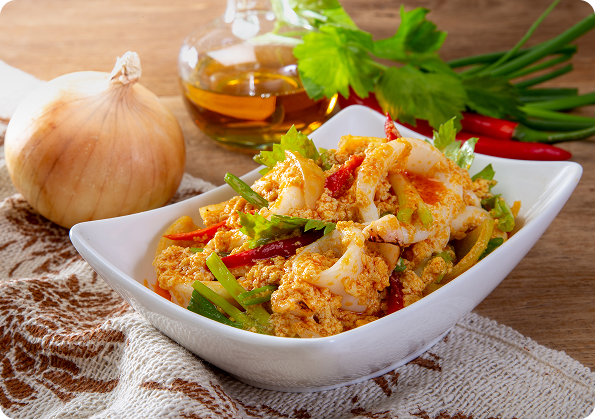When we think of Thai food, we often picture colorful dishes, fragrant spices, and bold flavors. But did you know that Thai cuisine can also support healthy blood pressure?
1. Rich in Herbs and Spices
Thai dishes often use garlic, ginger, lemongrass, basil, and turmeric—all of which have natural health benefits. Garlic, for example, is known to relax blood vessels and reduce blood pressure.
2. Low in Saturated Fats
Traditional Thai meals often include fresh vegetables, lean proteins like fish or chicken, and coconut milk. These ingredients help reduce unhealthy fats, which supports heart health and lowers blood pressure.
3. Plenty of Vegetables
Thai food is loaded with vegetables like broccoli, bok choy, carrots, and bell peppers. These are high in potassium, a mineral that helps the body manage sodium levels and maintain healthy blood pressure.
4. Moderate Salt, More Flavor
While some Thai sauces can be salty (like fish sauce or soy sauce), many recipes rely more on spices and herbs for flavor rather than just salt. Cooking at home allows you to adjust the salt levels while still enjoying the bold taste.
5. Balanced and Fresh
The traditional Thai diet emphasizes balance—spicy, sweet, sour, salty, and bitter. Meals are typically light and fresh, not processed, making it easier to manage overall health.
Final Tip: If you love Thai food, try cooking it at home with fresh ingredients and less salt. Enjoy favorites like Tom Yum soup, green curry with vegetables, or a light papaya salad.
Thai food isn’t just delicious—it can be a heart-healthy choice too!
